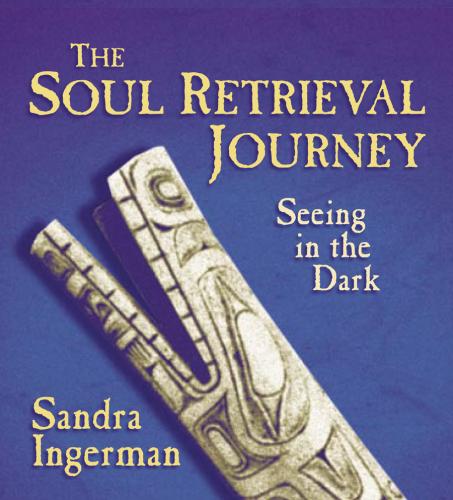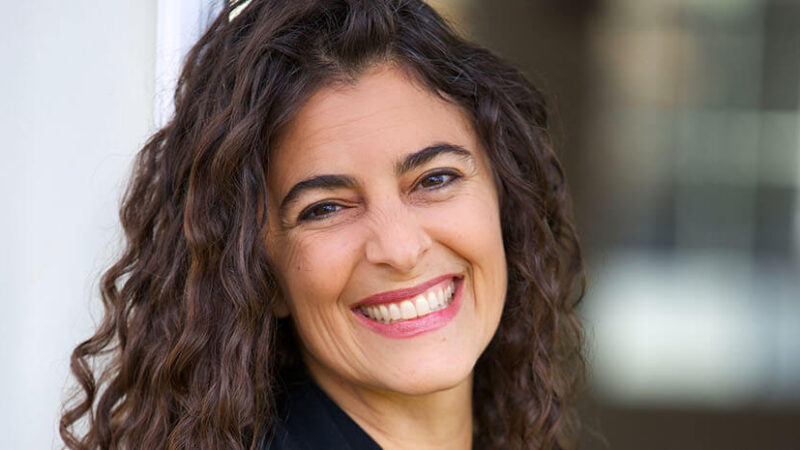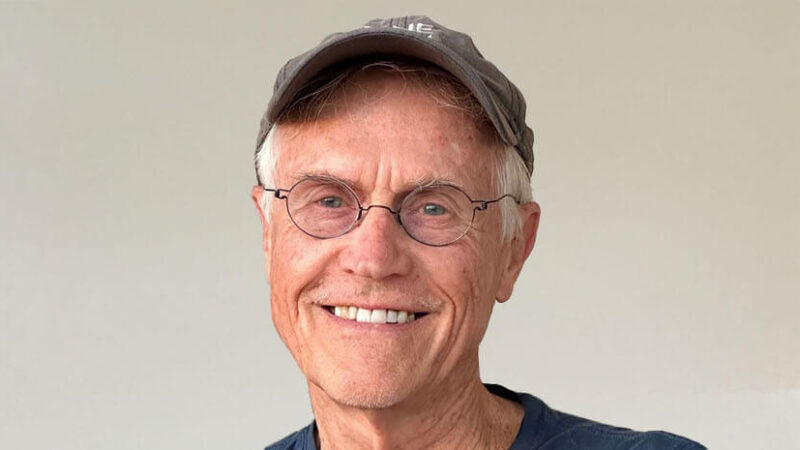
Greeting the cardinal directions is a common practice in shamanic cultures. There is no one right way shamans greet the directions. Honoring the directions was often based on weather patterns in the local area, specifically which direction the wind entered the land.
I encourage you to find your own way to greet the directions. We all know East is the direction of the rising sun and West is the direction of the setting sun. The direction away from the equator reminds us of winter and cold, while the opposite direction invokes a feeling of warmth.
Some people make medicine wheels that they stand within when doing ceremonial work. You might find objects in nature such as a feather, rock, or crystal. Or you might light a candle or put out a bowl of water to honor qualities you feel represent a given direction.
An Exercise to Call in the Directions
As you did when calling in helping spirits, take some time to reflect on the directions.
Stand and face East. Close your eyes and place your hands on your heart. As you focus your imagination on the East and the rising sun, what feelings emerge for you?
Turn South and let your imagination soak in the qualities that come to you associated with the South.
Face West and take a deep breath and exhale. In your mind’s eye, see and feel the sun setting. What associations does this bring to you?
Next, face North and observe how you feel in your heart. What meaning does the North hold for you?
In some cultures, the direction of Below is greeted to honor Earth.
And the direction of Above is welcomed to honor Sky.
Lastly, the direction of Within is acknowledged to honor the power of spirit and divine light that resides in each us.
Excerpted from The Book of Ceremony: Shamanic Wisdom for Invoking the Sacred in Everyday Life, by Sandra Ingerman.
___________________________________________________________________________________________________
 Sandra Ingerman, MA, is an award-winning author of 12 books, including Soul Retrieval: Mending the Fragmented Self, Medicine for the Earth, Walking in Light, and The Book of Ceremony. She is the presenter of several audio programs produced by Sounds True, and she is the creator of the Transmutation App. Sandra is a world-renowned teacher of shamanism and has been teaching for more than 30 years. She has taught workshops internationally on shamanic journeying, healing, and reversing environmental pollution using spiritual methods. Sandra is recognized for bridging ancient cross-cultural healing methods into our modern culture, addressing the needs of our times.
Sandra Ingerman, MA, is an award-winning author of 12 books, including Soul Retrieval: Mending the Fragmented Self, Medicine for the Earth, Walking in Light, and The Book of Ceremony. She is the presenter of several audio programs produced by Sounds True, and she is the creator of the Transmutation App. Sandra is a world-renowned teacher of shamanism and has been teaching for more than 30 years. She has taught workshops internationally on shamanic journeying, healing, and reversing environmental pollution using spiritual methods. Sandra is recognized for bridging ancient cross-cultural healing methods into our modern culture, addressing the needs of our times.
Sandra is known for gathering the global spiritual community together to perform powerful transformative ceremonies, as well as inspiring us to stand strong in unity so we do our own spiritual and social activism work while keeping a vision of hope and being a light in the world.
She is passionate about helping people to reconnect with nature. Since the 1980s, thousands of people have healed from past and present traumas through the classic cross-cultural shamanic healing method Sandra teaches called “Soul Retrieval.”
She is a licensed marriage and family therapist and professional mental health counselor. She is also a board-certified expert on traumatic stress. She was awarded the 2007 Peace Award from the Global Foundation for Integrative Medicine. Sandra was chosen as one of the Top 10 Spiritual Leaders of 2013 by Spirituality and Health magazine.
Sandra has had two new books released in 2018. The Hidden Worlds was co-written with Katherine Wood and is a novel written for young adults to help them navigate the changing world. The Book of Ceremony was written for a shamanic and general audience on how to bring the sacred into daily life by performing shamanic ceremonies designed for our times and the challenges we are facing today.
sandraingerman.com
 Buy your copy of The Book of Ceremony at your favorite bookseller!
Buy your copy of The Book of Ceremony at your favorite bookseller!
Sounds True | Amazon | Barnes & Noble | Indiebound













